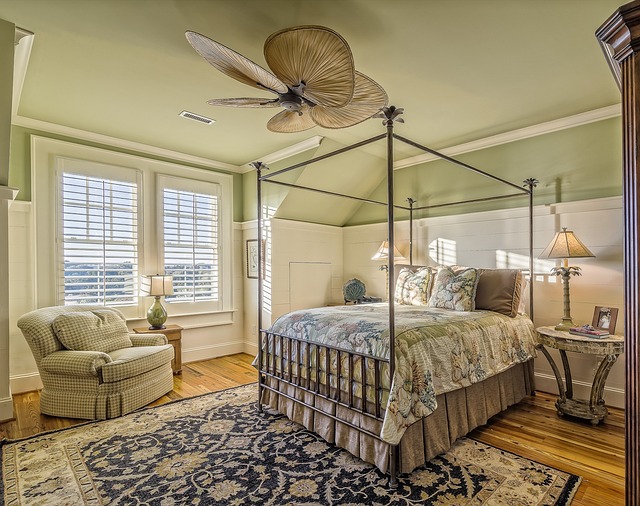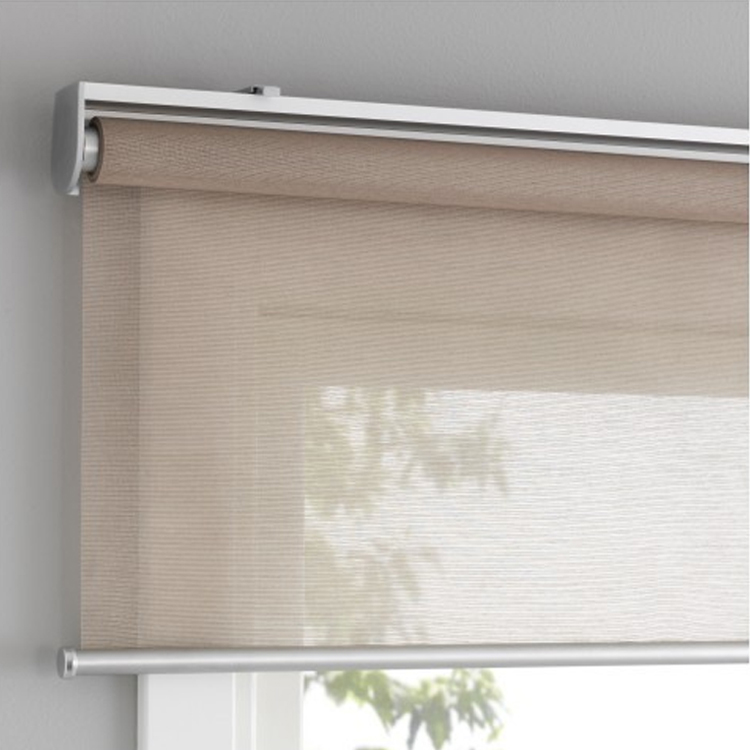Designing Accessible Outdoor Basketball Courts: Creating Spaces for Exercise and Fun
When designing outdoor basketball courts for accessibility, it is crucial to ensure that they are inclusive and user-friendly for a diverse range of individuals. One key consideration is the surface material used for the court, as it should provide a stable and firm ground for those with mobility aids or wheelchairs. Additionally, the court should be free of obstacles and have clear pathways to allow easy navigation for players of all abilities.
Another important aspect to consider is the placement of amenities such as seating, water fountains, and restrooms in close proximity to the basketball court. This can greatly enhance the overall experience for players with disabilities or limited mobility. Furthermore, incorporating signage with easy-to-read fonts and symbols can assist individuals in locating different areas of the court and understanding any rules or regulations in place.
Regulations and Guidelines for Designing Accessible Outdoor Basketball Courts
When designing accessible outdoor basketball courts, it is essential to consider the regulations outlined by the Americans with Disabilities Act (ADA) to ensure inclusivity for all individuals. The ADA provides specific guidelines for the design of outdoor recreational facilities, including basketball courts, to make them accessible to people with disabilities. These regulations cover aspects such as slope gradients, surfacing materials, access routes, and clearances around playing areas to accommodate wheelchair users and individuals with mobility impairments.
In addition to ADA regulations, designers should also refer to guidelines established by organizations like the National Center on Accessibility (NCA) and the International Paralympic Committee (IPC) to further enhance the accessibility of outdoor basketball courts. These guidelines address various factors, including seating arrangements for spectators with disabilities, signage for accessible features, and the incorporation of assistive technology for players with visual or auditory impairments. By adhering to these regulations and guidelines, designers can create outdoor basketball courts that cater to a diverse range of users and promote inclusive recreational opportunities.
Incorporating Universal Design Principles for Inclusive Spaces
One fundamental principle of universal design in creating inclusive outdoor basketball courts is the consideration of providing equal access to individuals of all ages and abilities. This involves designing pathways, entrances, and seating areas that are wide enough to accommodate wheelchairs, strollers, and people with mobility aids, ensuring that everyone can move around the court comfortably and safely.
Additionally, incorporating features such as non-slip surfacing, tactile cues, and contrasting colors can enhance the overall accessibility of the outdoor basketball court. These design elements not only benefit individuals with visual or cognitive impairments but also contribute to the overall safety and usability of the space for all users. By embracing universal design principles, outdoor basketball courts can become more welcoming and inclusive environments for everyone to enjoy.
What are some key considerations for ensuring outdoor basketball court accessibility?
Some key considerations include providing designated accessible parking spaces, ensuring smooth and level pathways to the court, and incorporating ramps or lifts for wheelchair access.
What regulations and guidelines should be followed when designing accessible outdoor basketball courts?
Designers should adhere to the Americans with Disabilities Act (ADA) guidelines, which provide specific requirements for accessibility in outdoor recreational facilities. Additionally, consulting with accessibility experts and incorporating universal design principles can help ensure inclusion for all users.
How can universal design principles be integrated into outdoor basketball court design to create inclusive spaces?
Universal design principles focus on creating environments that are accessible and usable by all individuals, regardless of age or ability. This can be achieved through features such as ample space for maneuvering, clear signage, and inclusive seating options. By considering the needs of all users, outdoor basketball courts can be designed to promote inclusivity and accessibility.







